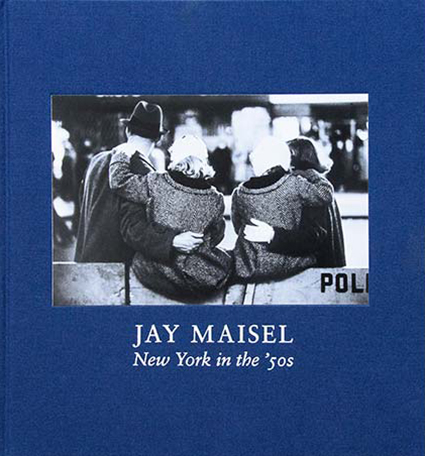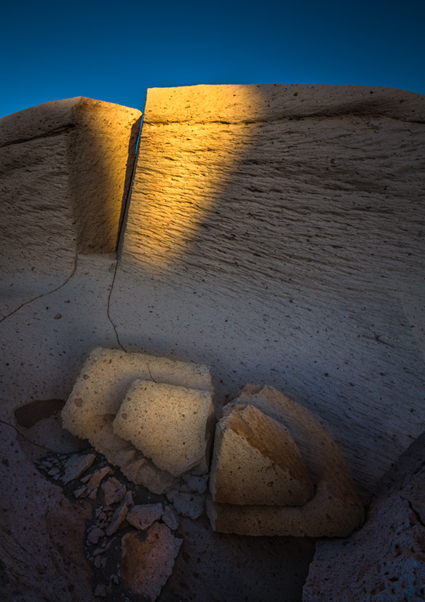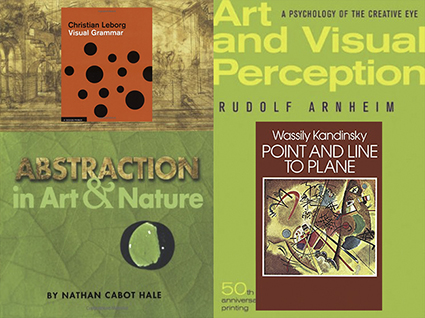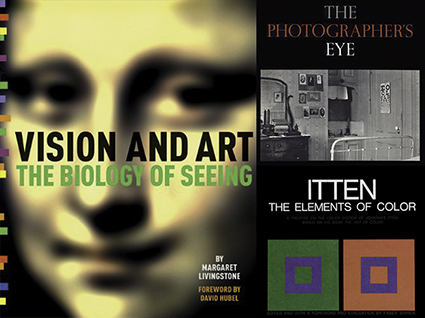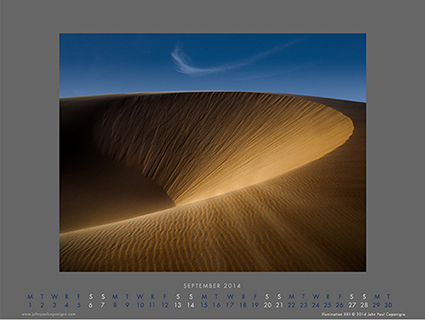New Book – NY In The 50's – Jay Maisel
Jay Maisel’s new book New York In The ’50s offers a unique window into an iconic city by an iconic photographer. Know primarily for his color work this book offers a rare glimpse into his early black and white photography. Photographer Sean Kernan said it brilliantly, “It’s all the wit you’d expect from Jay with none of the color.”
Here’s what Jay says about New York In The ’50s.
“I have been shooting New York for over 60 years now. And though I have achieved age, I can safely say I have never made my way to maturity so I have never been jaded or bored. I think all this is due to the grittiness and hectic quality of the city, you never capture it, it captures you.” After studying painting and graphic design at Cooper Union and Yale, Jay Maisel began his career in photography in 1954. While his portfolio includes the likes of Marilyn Monroe and Miles Davis, he is perhaps best known for capturing the light, color, and gesture found in every day life. This unique vision kept him busy for over 40 years shooting annual reports, magazine covers, jazz albums, advertising and more for an array of clients worldwide. Recently, Maisel has gone back to his archive of early work, and put together a collection of black-and-white images he made as a young man in the 1950s, evidence of a lifetime’s pursuit of a craft and a special talent, one of the best-kept secrets in photographic history. “New York in the ‘50s” is a beautifully-produced monograph that will be equally appreciated by Jay Maisel’s followers, and anyone who has stepped inside his muse, New York City.”


